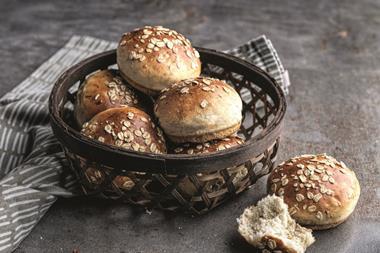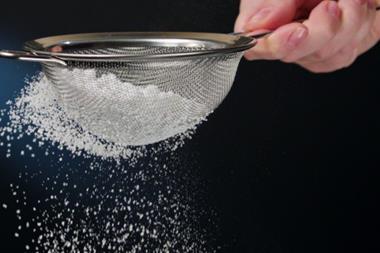Matthew Chick, general manager at Carr’s Flour Mills’ Maldon Mil, on the impact the hot weather has had on the wheat crop, and how millers work to mitigate such impact.
The past few months, following a sustained period of hot weather in the UK and EU, have been a very interesting time for the wheat industry in the UK. As an industry, and particularly as millers, we are extremely aware that weather is one of the key determinants on price and quality of wheat.
Getting the best out of wheat is a skilled job, with our millers taking extreme care to ensure all our flours are able to fulfil their baking potential.
Though the weather may present several hurdles for us at the beginning of a new season’s milling, we are lucky
that our geographical location is so close to our suppliers that we are able to spot these issues early on and overcome them quickly. The majority of our 50,000 tonnes of wheat a year come from within 30 miles of our Maldon Mill, for example.
What some bakers might not realise is that, when subjected to longer under the sun, crops go through various growth stages very rapidly, which has a huge effect on the harvested wheat. Although yields have been lower, what has been harvested is of good quality.
The weather has also produced a harder, smaller grain with less endosperm – the white part that becomes flour – inside, and this is where the greater challenge lies.
Due to the hardness of the grain, mills have to spend more time conditioning the wheat before it is ready to mill. In fact, the wheat can be so dry that, unless handled correctly, it is liable to shatter during the early stages of the milling process. This also makes it harder than usual to separate the bran part of the wheat from the endosperm. Additionally, shattering can create bran particles that are the same size as endosperm particles, so when mills come to separate the particles via size and gravity, there is more of a challenge to remove these than normal.
For bakers, a shattered wheat grain can be the difference between a good bake and a terrible one. Shattered particles are sharp, which can affect the crumb structure of the bake the flour is used in – they can burst the bubbles desired in baked goods. We overcome this hurdle by careful monitoring and assessment of wheat and adjusting conditioning times.
We’re now past the first stage of milling the new crop and, more than ever, this year’s harvest demonstrates how important it is to get the best out of wheat to give customers a product that is high-quality and consistent.





























No comments yet